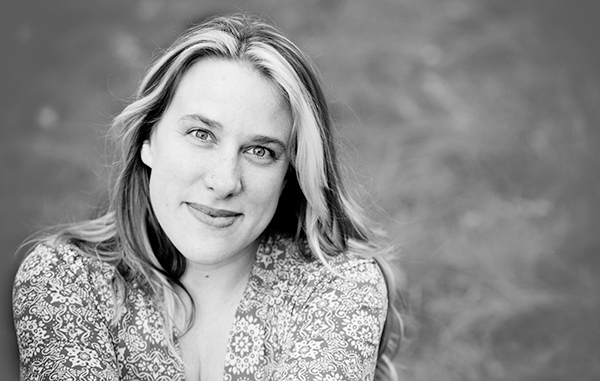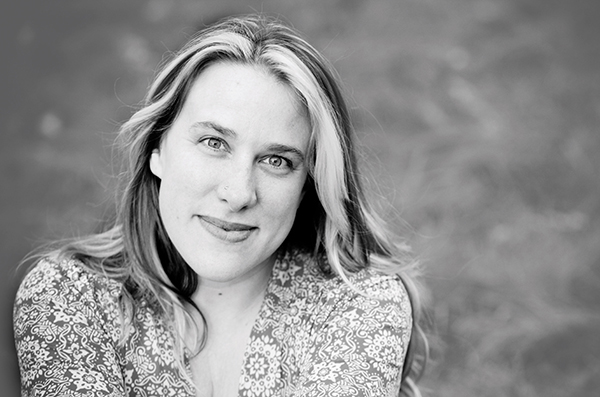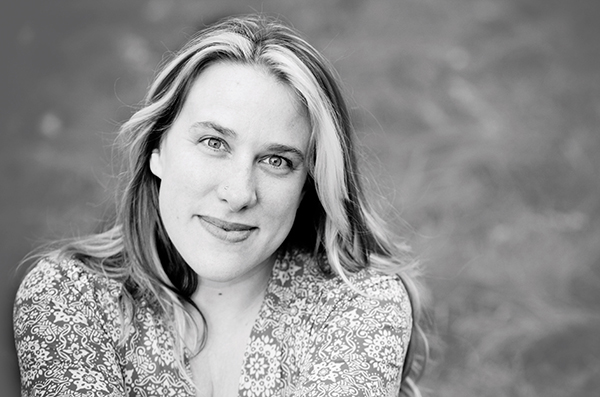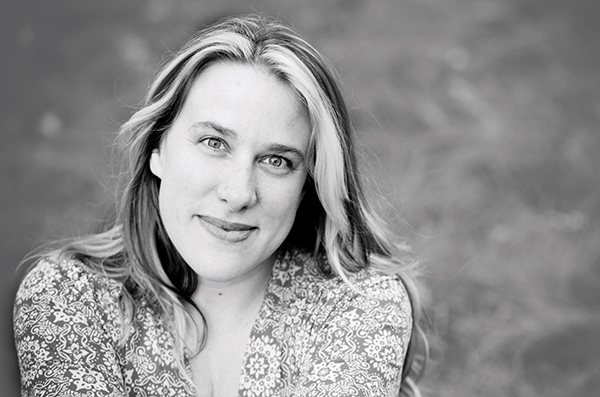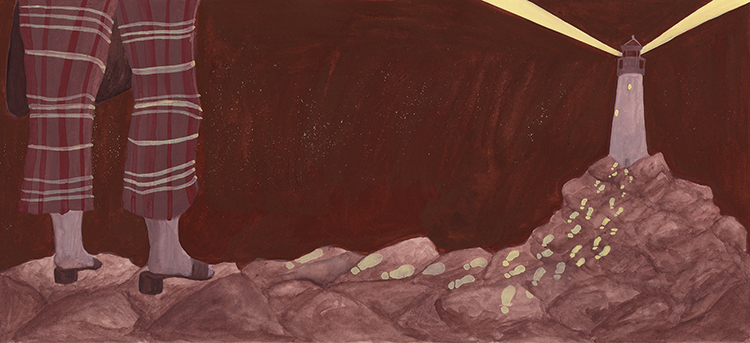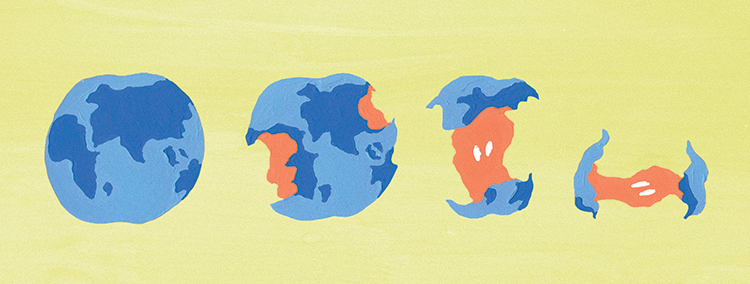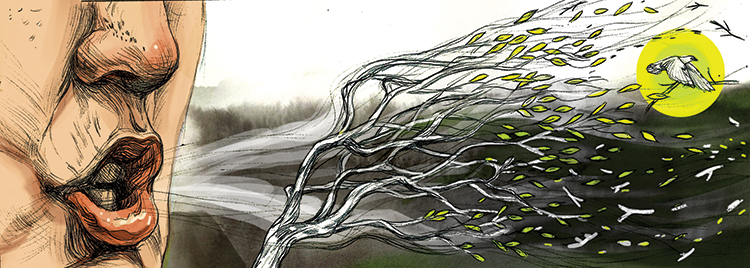Fact Check
by Heather Shayne Blakeslee
As we approach an historic American election that is high on drama and high on anxiety, many of us have become addicted to watching the polls and devouring the accompanying analysis. Nate Silver’s servers at FiveThirtyEight have been working overtime for months, as have our nervous systems and bartenders.
Amid the posturing of campaigns and prognostications of statisticians, the Pew Research Center released a poll this month that looked at how party affiliation tracked with opinions on climate change.
Some of the results are not surprising. Ninety percent of likely Clinton voters care, “some” to “a great deal,” about climate change. Of likely Trump voters, the number is 49 percent. Clinton supporters are also much more likely to believe in interventions such as restrictions on power plants, international agreements on emissions or fuel efficiency standards.
It’s hopeful to note, however, an average of 35 percent of Trump supporters believe these approaches could make a difference: That’s about the percentage of Americans who supported gay marriage in 2001, and we know how quickly times have changed on that front.
But another result should be incredibly disturbing, no matter your party affiliation. When asked whether scientists understood what causes climate change, only 41 percent of Clinton supporters and a mere 15 percent of Trump supporters had high confidence. The numbers are even lower when it comes to whether these same respondents have high confidence that scientists know what to do to stop it: 32 percent and 10 percent, respectively.
How can so many of us have so little confidence in science?
An article last year in The Atlantic titled, “Americans Believe in Science, Just Not Its Findings” provides some insight, using another Pew poll to help illustrate that there is a wide gap in what the American public thinks on certain issues—climate change, vaccines and the safety of pesticide-laden food—and what scientists believe.
Essentially, we like science as a concept, and we believe it makes our life better, but when it comes to specifics, our support declines dramatically. The article also explains that scientists don’t think much of us either: 84 percent of them think that the public “doesn’t know much about science” and 79 percent think the media is doing a bad job of helping with that understanding.
Luckily for Philadelphians, our offices of sustainability and emergency management are listening hard to what science tells us about the future of our own region: We are in for hotter, wetter summers and more severe winter precipitation, as well as the increased likelihood that superstorms will land a direct hit on the city. They, as well as federal officials, are planning for the worst: mapping new flood zones that take into account rising sea-levels, running drills on how fast they can set up emergency shelters, and looking at placement of infrastructure and evacuation routes.
Most of us? We can’t claim to have the bare minimum of food, water or flashlights on hand to get by in an emergency. To do so is to overcome the very human instinct to care only about what is in front of us; as a species, we are terribly nearsighted, and facts somehow don’t correct our vision.
But the country is flirting with disaster right now, on many fronts. We should all be better prepared for our long emergency. Science, not politics, should be driving our national policy.



